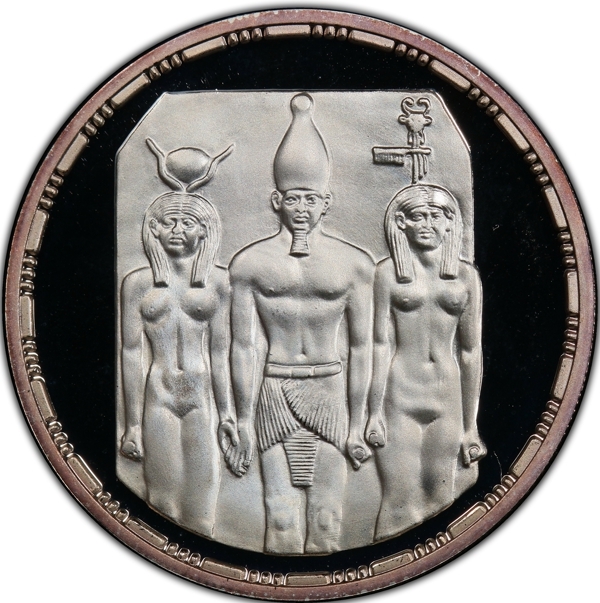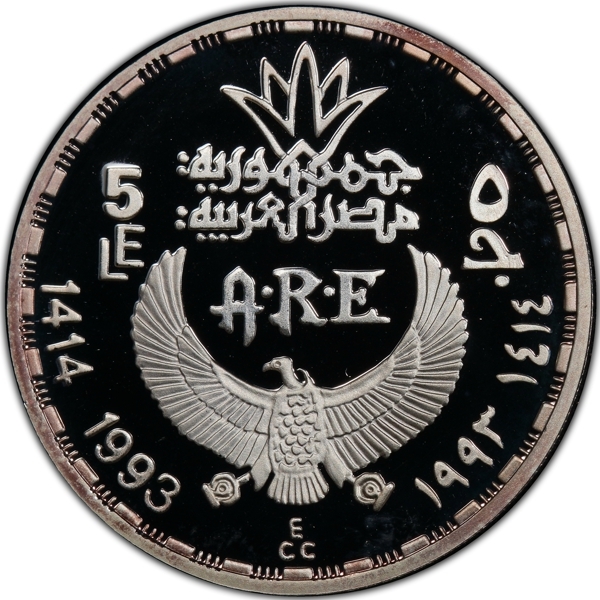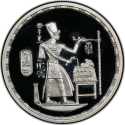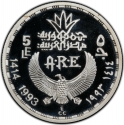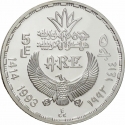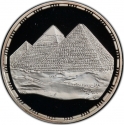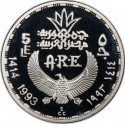You are about to finish your registration. Please check your mailbox (including spam folder). There should be a letter with a confirmation link. Check setting to make sure that your e-mail address is correct.
Send letter againDescription
Menkaure (also Menkaura), was an ancient Egyptian king (pharaoh) of the fourth dynasty during the Old Kingdom, who is well known under his Hellenized names Mykerinos (Greek: Μυκερῖνος) (by Herodotus) and Menkheres (Greek: Μεγχέρης) (by Manetho). According to Manetho, he was the throne successor of king Bikheris, but according to archaeological evidence, he was almost certainly the successor of Khafre. Africanus (from Syncellus) reports as rulers of the fourth dynasty Sôris, Suphis I, Suphis II, Mencherês, Ratoisês, Bicheris, Sebercherês, and Thamphthis in this order. Menkaure became famous for his tomb, the Pyramid of Menkaure, at Giza and his statue triads, showing the king together with his wives Rekhetre and Khamerernebty and with various deities.
Obverse

|
Depicts King Menkaure between two ladies. The goddess Hathor is on his right and the goddess Bat is on his left. He wears the crown of Upper Egypt (The white crown). Goddess Hathor wears her usual crown, composed of the sun disk between the two cow's horns, while the other lady is wearing the symbol of her nome. |
|---|---|
Reverse

|
Stylized state name (Arab Republic of Egypt) divides denomination in Arabic and English and abbreviation of state name (A.R.E.) below, the date in Arabic (Hijri) and Western (Georgian) divides by a vulture with open wings. Engraver's initials (ECC) below. 5 ٥ جمهورية مصر العربية |
| Edge |
5 Pounds
Pharaonic Treasure / Ancient Egyptian Art
Menkaure Triad
Subscribe series
KM# 746
Pharaonic Treasure / Ancient Egyptian Art
Menkaure Triad
